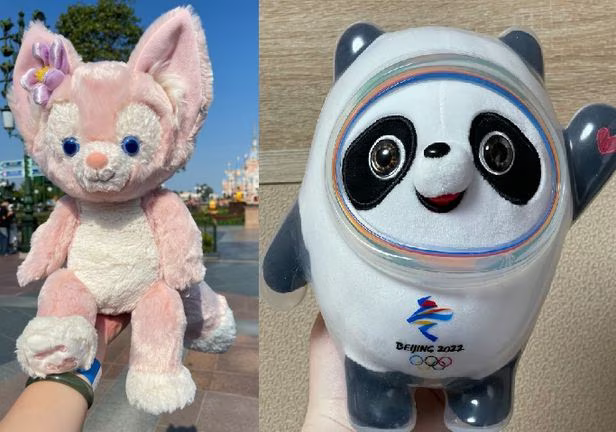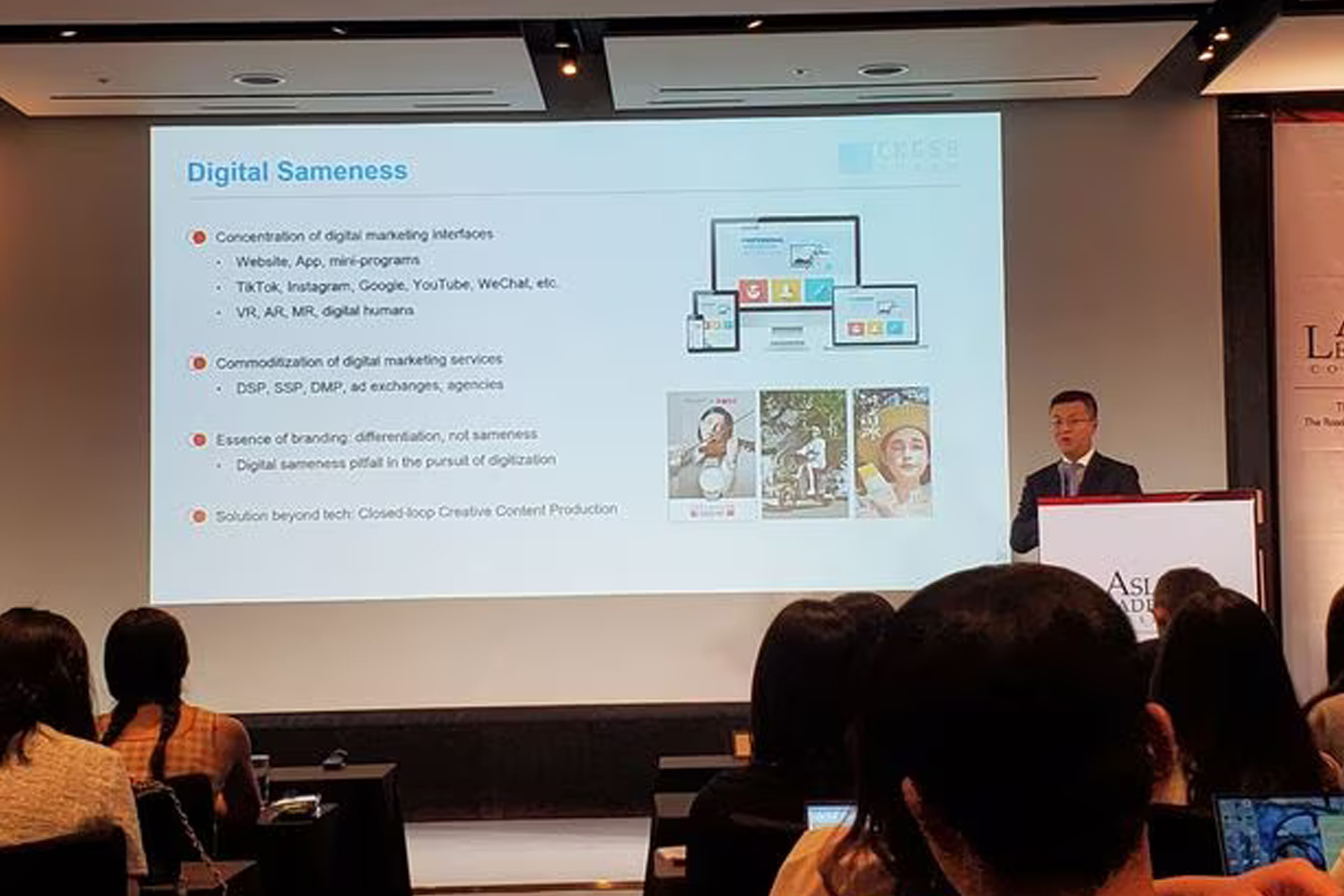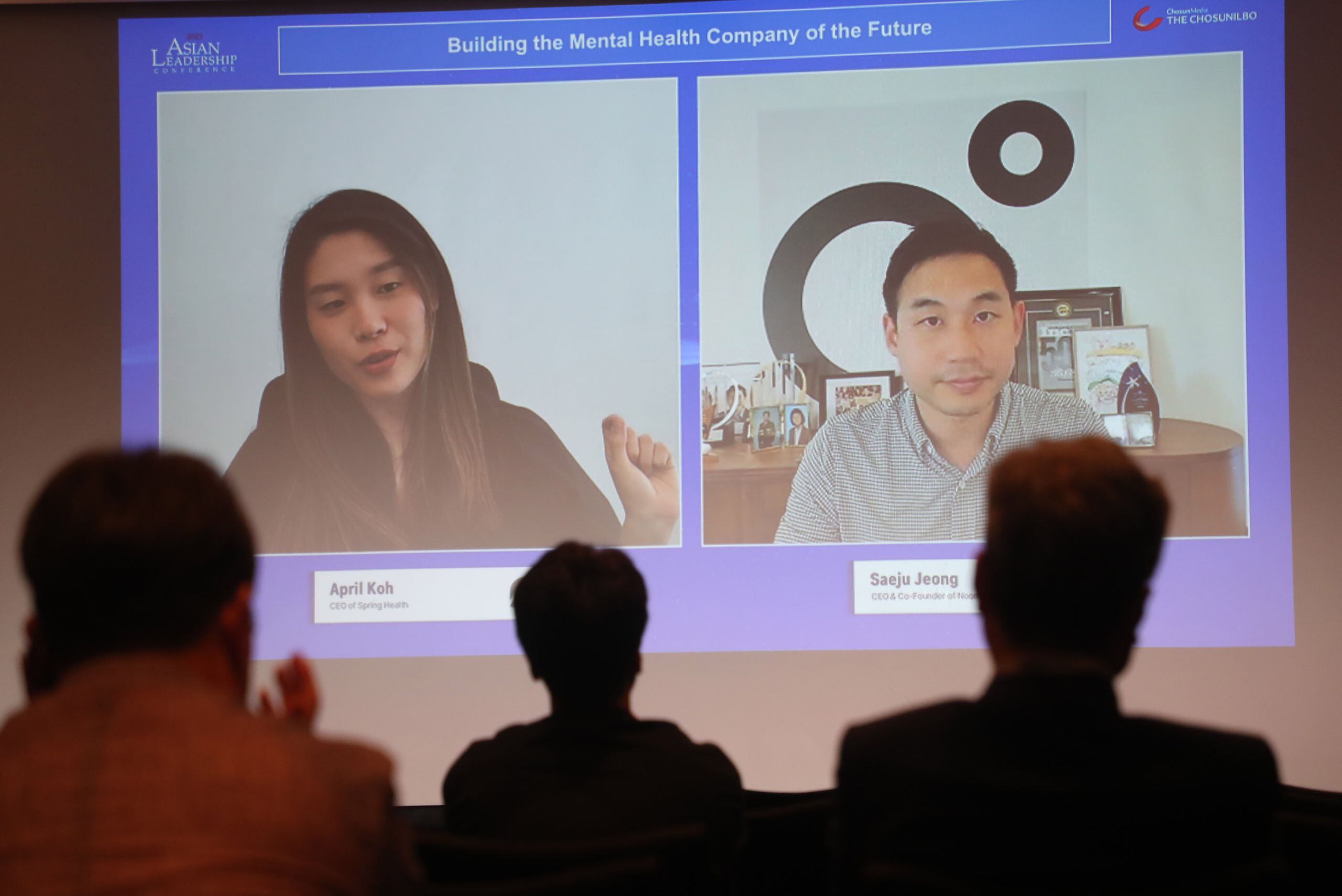
In recent years, a Disney character named LinaBell has gained tremendous popularity among Chinese netizens, despite being relatively unknown in other countries. This small and lovable fox character, part of the “Duffy and Friends” line of merchandise, was introduced at Shanghai Disneyland in 2021 and has since captured the hearts of millions of Chinese fans. Interestingly, LinaBell’s rise to fame can be attributed, in part, to its integration into WeChat emojis, the widely used messaging platform in China.
This article explores the phenomenon of LinaBell’s success and examines the insights shared by Professor Li Yang, a renowned marketing expert, on the evolving trends in Chinese social media marketing. Additionally, we delve into the marketing strategy behind Beijing Winter Olympics mascot Bing Dwen Dwen and the importance of fragmented approaches in reaching Chinese consumers.
Let’s take a closer look at these fascinating examples of Chinese social marketing and the keys to their achievements. In China, there is a Disney character that has garnered immense popularity, although it remains relatively unknown in countries like Korea and other overseas markets. This beloved character is LinaBell, a small and adorable fox character from the “Duffy and Friends” line of merchandise sold at Disney souvenir shops. LinaBell was introduced at Shanghai Disneyland in 2021 and has since captivated the hearts of Chinese fans, despite not having appeared in TV animations or cartoon movies.
One of the key factors behind LinaBell’s success lies in its WeChat emojis. WeChat, the Chinese equivalent of KakaoTalk, is widely used by the majority of Chinese people. Beyond serving as a replacement for credit cards through WeChat Pay, it has become a ubiquitous platform for various transactions, including payments to street vendors and university tuition fees. By incorporating LinaBell emojis into WeChat, this charming character has gained nationwide popularity. This success has led to the availability of LinaBell merchandise not only at Shanghai Disneyland but also at Hong Kong Disneyland and Tokyo DisneySea.
During a recent mini MBA lecture at the 14th Asian Leadership Conference (ALC), Professor Li Yang, a marketing professor at the renowned Cheung Kong Graduate School of Business (CKGSB) in China, discussed this case and provided insights into the new trends in Chinese social marketing. Professor Li, a graduate of Beijing University’s Department of Electronic Engineering and holder of a Ph.D. in marketing from Columbia University, has conducted extensive research on machine learning and online recommendations. He has also consulted for prominent companies such as Tencent, Baidu, and Tmall (Alibaba).
In his lecture, Professor Li highlighted the concept of “fragmentation” as a crucial approach for understanding social media marketing in China. Essentially, instead of complaining about the lack of clicks despite substantial advertising investments, a more effective strategy involves developing fragmented new media tactics that align with consumers’ daily routines and cater to diverse channels. This requires embracing the fact that the average Chinese individual uses around 40-50 applications daily, including major platforms like TikTok and numerous other new media channels.
Professor Li proposed a redefinition of “earned media,” a fundamental concept in marketing. Traditionally, earned media refers to activities and outcomes that enable press coverage through the efforts of PR professionals or provide opportunities for content creators to showcase a company’s products or services. However, Professor Li approached earned media as “actions that leverage small moments of happiness to capture public interest.” The focus shifts from the product itself to individual consumers. He emphasized the necessity of adopting diverse approaches tailored to fragmented consumer groups, as traditional advertising alone may fail to generate sufficient interest.
To illustrate his point, Professor Li cited the case of Bing Dwen Dwen, the mascot of the Beijing Winter Olympics in the previous year. The panda-shaped doll wearing soft rubber ice skates had limited production. However, as word spread online, it quickly sold out at various retailers, prompting intense competition among those seeking to acquire one. Professor Li noted that despite extensive marketing efforts for the Beijing Olympics, Bing Dwen Dwen emerged as the most successful case. He raised the question of why more dolls were not produced, considering China’s production capabilities. This highlights the effectiveness of marketing strategies that evoke fans’ emotions and cater to their desires.
In conclusion, fragmented approaches are crucial for conducting online marketing. Professor Li emphasized the need to consider the average person’s daily usage of numerous applications and the proliferation of new media channels. Additionally, he highlighted key factors for effective marketing strategies in the new media era, including the presence of at least one overwhelmingly appealing aspect in products, services, designs, characters, or storytelling; the alignment between companies and core consumers or among consumers themselves; the cultivation of a consumer-like mindset among employees and an employee-like mindset among consumers; and the adoption of “glocal” strategies that combine global and local elements in marketing campaigns.
Learn more about the Center for Asia Leadership’s programmes in strategic foresight and adaptive leadership here at bit.ly/lead-asia.
What is your response to the rapid pace of change around us? The best response is to learn and adapt. Here is how we can help your organization adapt to ongoing disruptions and thrive amid challenging times through our Adaptive Leadership Signature Program that addresses the past culture, while building the teams’ capacity to create a new future.



